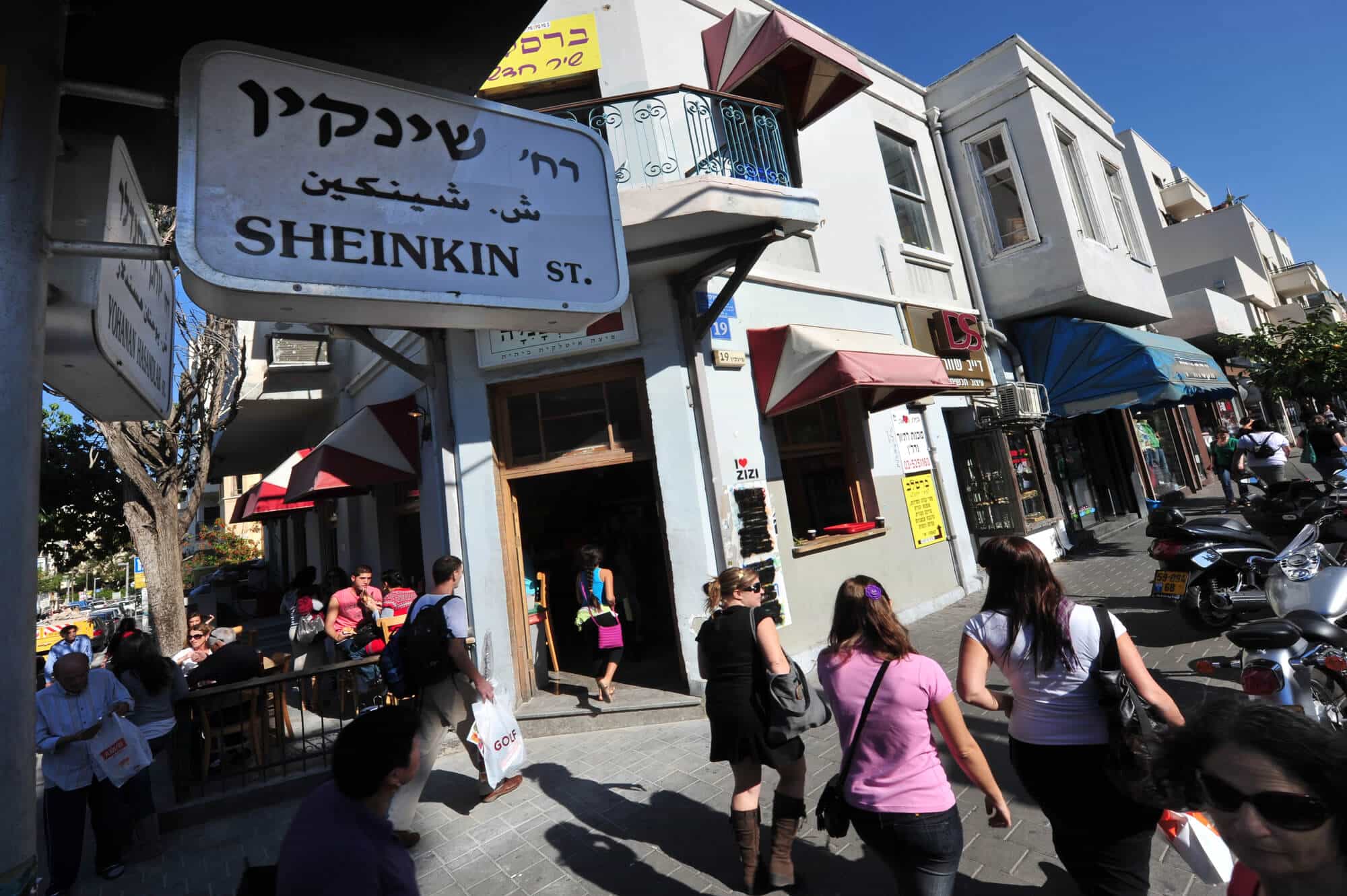"Following urban renewal, commerce, like residents, is also undergoing a process characterized by the entry of new businesses and the displacement of old local businesses, a process called 'commercial gentrification,'" explains Eyal Shavit from Bar Ilan University, who studies the field

Eyal Shavit, PhD student In the Department of Environment, Planning and Sustainability at Bar Ilan University, under the direction of Dr. Orit Rotam and Dr. Nir Cohen, head of the department, at Bar Ilan University. Partner in the establishment and management of the Business Promotion Department (currently Director of Business Community Relations Development) in the Tel Aviv-Jaffa Municipality.
Eyal Shavit began his academic career studying business administration at the College of Management. After that, he moved to Bar-Ilan University and went on to a master's degree in law for economics and business administration graduates and a master's degree in organizational consulting at the Faculty of Sociology and Anthropology. He is currently in the midst of research for a doctorate in the Department of Environment, Planning and Sustainability.
Shavit's field of research deals with the effects of urban renewal processes on trade and business in cities. "As a result of urban renewal, commerce, like residents, is undergoing a process characterized by the entry of new businesses and the displacement of old local businesses, a process called 'commercial gentrification,'" explains Shavit, "my research examines the issue in Israel from two perspectives: from above - the authority's policy the local, both regarding the advancement of the process and regarding dealing with its negative consequences. And below - how the business owners on the street perceive the process. In the research, I compare two commercial streets in the two largest cities in Israel - Emek Refaim in Jerusalem and Shinkin in Tel Aviv-Yafo. Both streets underwent a process of commercial gentrification and its effect on them is still evident."
According to Shavit, urban renewal projects create new neighborhoods with new populations and with new commerce. "The process leads to the formation of homogeneous neighborhoods, both of population and commerce. The city no longer belongs to everyone, but only to those who have money, who can afford to live in these new buildings that are being built. Similar to the gentrification of tenants that encourages the entry of an established population into the neighborhood at the expense of pushing out the old residents in the neighborhood, so too in commerce. The new businesses entering the new neighborhoods are mainly food businesses, boutiques and chains. This process pushes the old local businesses out of the area, causes the rent to rise and reduces the supply of small businesses. In short, these processes create homogenous cities, for the rich only."
The challenge, claims Shavit, is to bring in the new without making the old leave, so that the city will remain colorful and attractive and not become generic and boring. "The process must be managed so that the city does not suffer irreversible damage."
During his research work and also in his work at the Tel Aviv Municipality, he realized that the consequences of the 'commercial gentrification' are not known to many. "The goal of the research is to ensure that the city's development process is managed and supervised, will not harm the advantages of the city as an arena that belongs to all its residents and not only to a certain population, will maintain a diverse and colorful commercial space, which includes both new businesses and old local businesses. As part of my research, I built a 'toolbox' that brings together a variety of tools from Israel and the world, available to local authorities when it comes to dealing with the negative consequences of the process. In my opinion, proper management of the city's development can make the difference between a successful, vibrant and attractive city and a sleepy city that only serves its residents."
More of the topic in Hayadan:
- Formation games - about the order emerging from disorder
- Students at Ben-Gurion University developed aids for the blind and deaf
- The Dreaming Mind (Part I)
- The corona virus: three aspects in which the crisis may permanently change our lives
- Singapore of headquarters and virtual Singapore - smart cities - the future begins today
